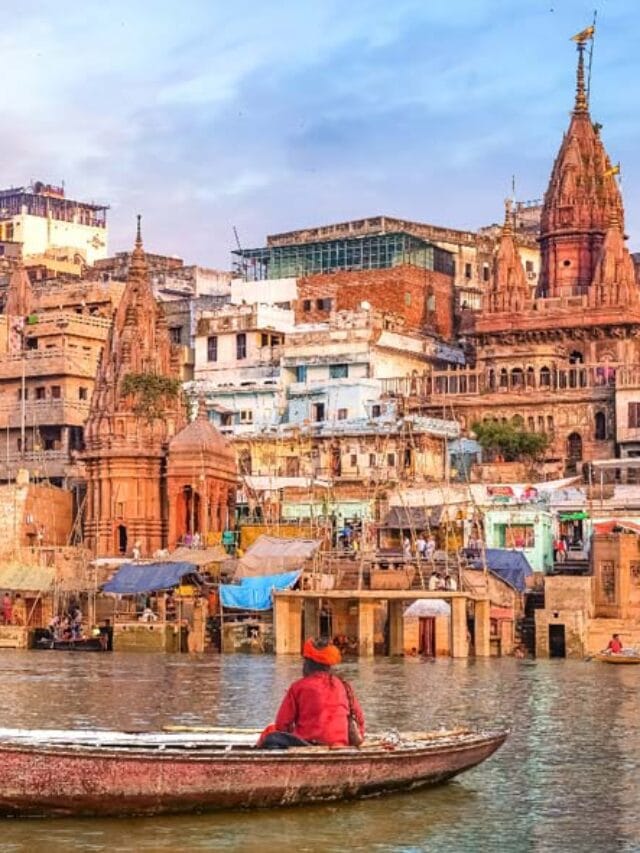1. Which act created the Supreme Court of Judicature at Fort William?
- The Regulating Act 1773
- Indian Councils Act 1861
- Dundas Bill of 1783
- Charter Act of 1833
Show Answer
Answer: The Regulating Act 1773
The Regulating Act of 1773 established a Supreme Court at Fort William, Calcutta. This Supreme Court consisted of one Chief Justice and three other regular judges or Puisne Judges. Sir Elijah Impey was the first Chief Justice of this Supreme Court.
2. The East India Company lost its monopoly of trade with India except for Tea Trade by which act?
- The Charter Act of 1813
- The Charter Act of 1833
- The Charter Act of 1853
- Government of India Act 1858
Show Answer
Answer: A The Charter Act of 1813
Charter Act of 1813 ended the monopoly of the East India Company in India, but the company’s monopoly in trade with China and trade in tea with India was kept intact. Thus, trade with India for all commodities except Tea was thrown open to all British subjects.
3. By which act did the East India Company lose its monopoly of trade with China?
- Pitts India Act 1784
- The Charter Act of 1813
- The Charter Act of 1833
- The Charter Act of 1853
Show Answer
Answer: The Charter Act of 1833
Charter Act 1833 or the Saint Helena Act 1833 was passed by the British Parliament to renew the charter of the East India Company, which was last renewed in 1813. Via this act, the charter was renewed for 20 years, but the East India Company was deprived of its commercial privileges.
4. Introduction of provincial autonomy is related to which act?
- The Government of India Act, 1858
- The Government of India Act, 1909
- The Government of India Act, 1919
- The Government of India Act, 1935
Show Answer
Answer: The Government of India Act, 1919
The Government of India Act, 1919, allowed provinces to act as autonomous units of administration in their defined spheres. It introduced responsible government in the provinces, where the Governor was required to act with the advice of ministers responsible to the provincial legislature.
5. Sir Edwin Montagu and the Viceroy, Lord Chelmsford, are related to which act?
- Government of India Act 1858
- Government of India Act 1909
- Government of India Act 1919
- Government of India Act 1935
Show Answer
Answer: Government of India Act 1919
Government of India Act 1919 was passed by the British Parliament to expand the participation of Indians in the Government of India. It is also known as Montague-Chelmsford Reforms.
6. Which act provided for a High Commissioner who resided in London, representing India in Great Britain?
- Government of India Act 1858
- Government of India Act 1909
- Government of India Act 1919
- Government of India Act 1935
Show Answer
Answer: Government of India Act 1919
The Government of India Act, 1919, provided for a high commissioner who resided in London and represented India in Great Britain.
7. Which act took away the exclusive right of the company to trade in India?
- Regulating Act of 1773
- Pitt’s India Act of 1784
- Charter Act of 1813
- Charter Act of 1833
Show Answer
Answer: Charter Act of 1813
The Charter Act of 1813 abolished the East India Company’s monopoly over trade in India, renewing the company’s charter for 20 years and opening Indian trade to all British subjects.
8. The provision for the establishment of the Supreme Court of Calcutta was made in which act?
- Regulating Act of 1773
- Indian Council Act 1861
- Charter Act of 1813
- Pitt’s India Act 1784
Show Answer
Answer: Regulating Act of 1773
The Regulating Act of 1773 provided for the establishment of the Supreme Court at Fort William, Calcutta, consisting of one Chief Justice and three other judges.
9. Which act clearly distinguished between the commercial and political functions of the East India Company?
- Charter Act of 1813
- Pitt’s India Act of 1784
- Charter Act of 1833
- Charter Act of 1853
Show Answer
Answer: Pitt’s India Act of 1784
The Pitt’s India Act of 1784 distinguished between the commercial and political affairs of the company, establishing the system of double government.
10. Which act abolished the East India Company and transferred the powers of the government, territories, and revenues to the British Crown?
- Charter Act of 1853
- Government of India Act 1858
- Indian Councils Act of 1861
- Indian Councils Act of 1892
Show Answer
Answer: Government of India Act 1858
The Government of India Act of 1858 abolished the East India Company and transferred its powers to the British Crown.







Leave a Reply